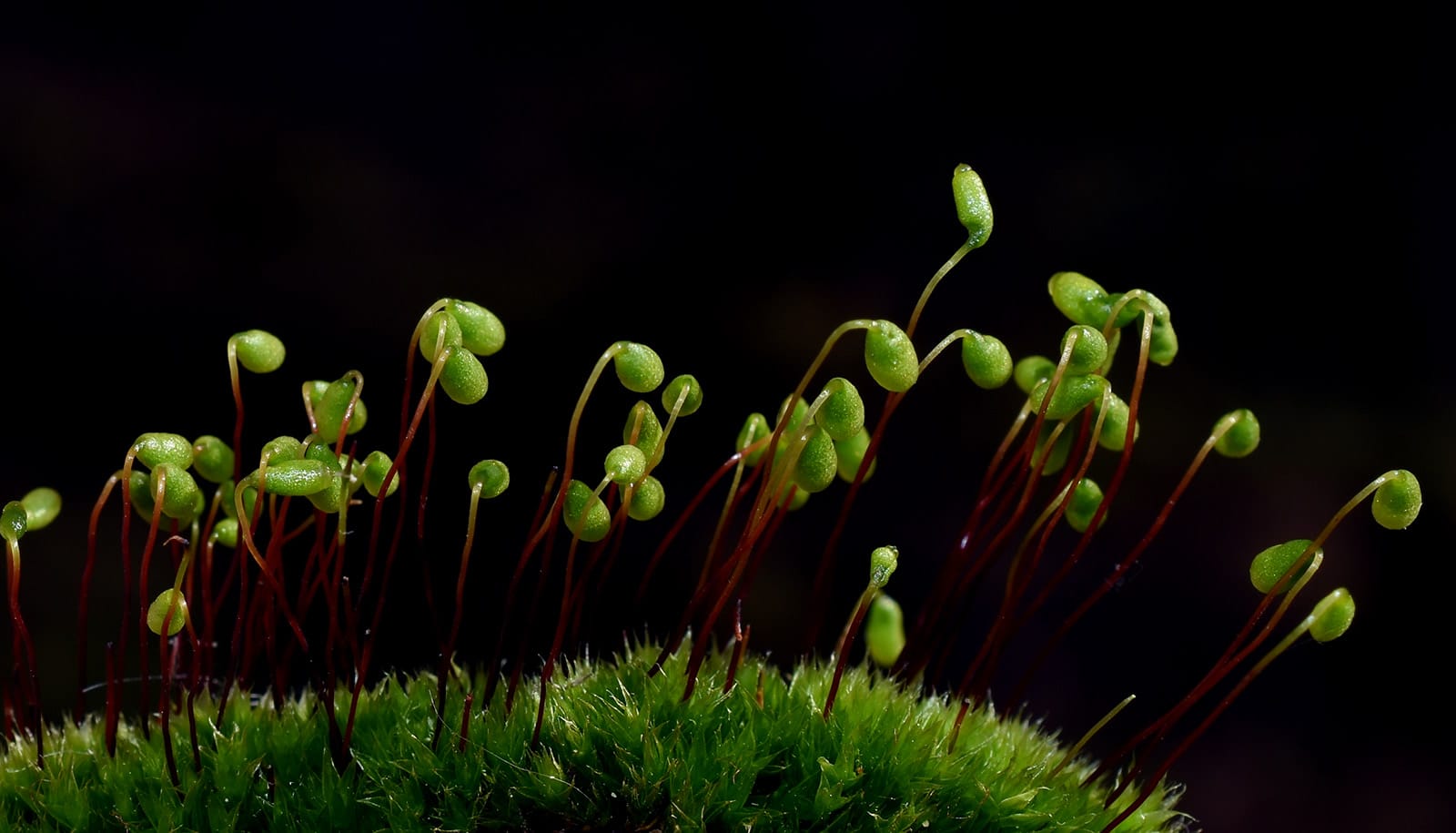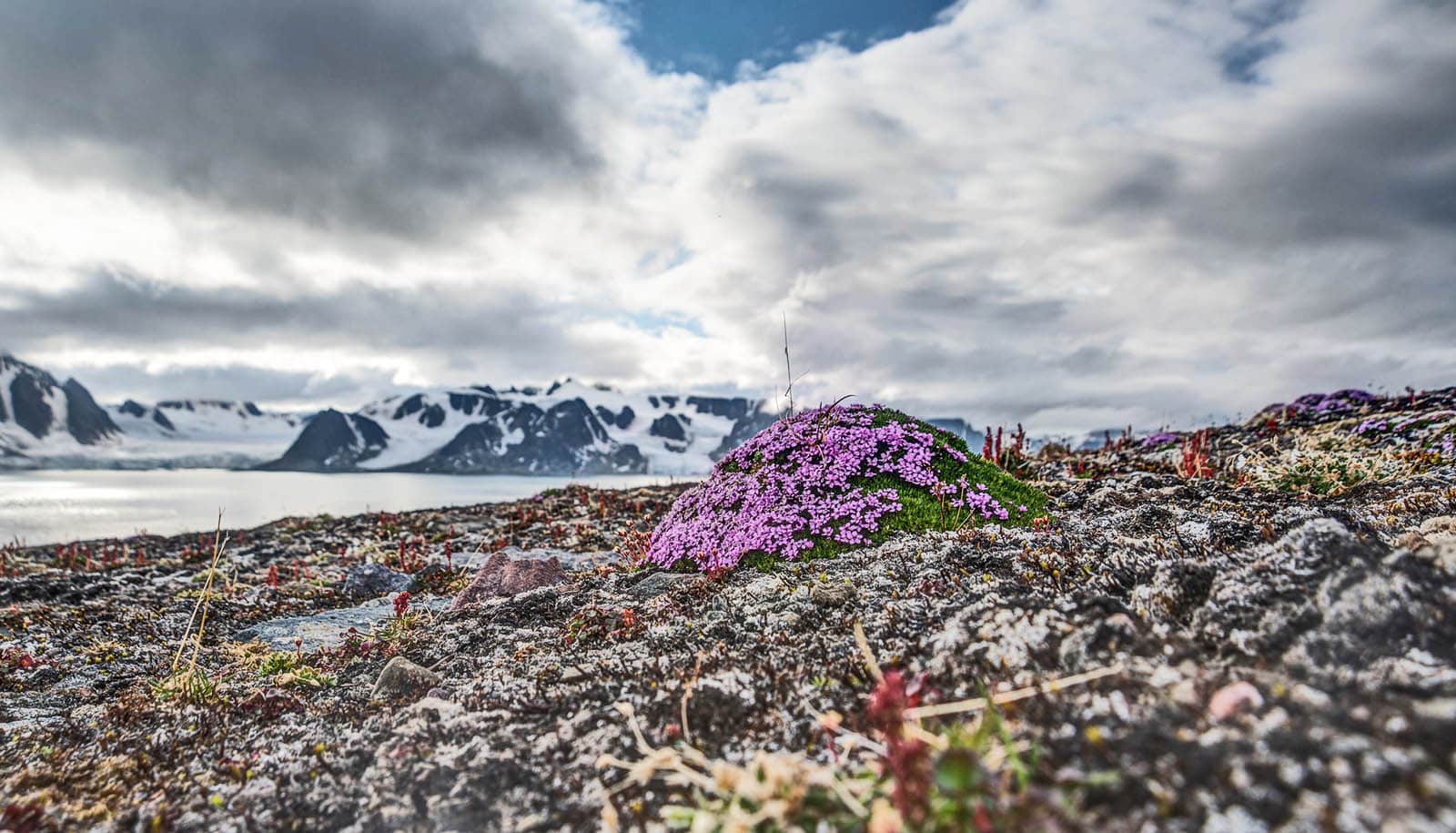Moss, those tiny plants we often see on the ground or rocks, might be an important antidote to climate change, a new study suggests.
Plant life plays a crucial role in fighting climate change by absorbing and transforming greenhouse gases like carbon dioxide. For instance, over its lifetime, a tree can absorb more than a ton of carbon from the air and store it in wood and roots.
The new study in Nature Geoscience uncovered evidence that mosses have the potential to store a massive amount of carbon in the soil beneath them.
Mosses sequester around 6.43 billion metric tons more carbon in the soil than is stored in the bare patches of soil without any plants typically found nearby them in global semi-arid areas. To put it into perspective, this is six times the annual global carbon emissions caused by changes in land use (e.g., deforestation, urbanization, mining, etc.) worldwide.
To arrive at these findings, the researchers examined soil samples from a diverse range of ecosystems spanning every continent. In addition to carbon storage, they analyzed 23 traits associated with biodiversity maintenance and various ecosystem services.
They then calculated the contributions of moss and vascular plants such as trees to the 24 soil biodiversity and functional attributes across all sites.
The investigation revealed that moss-covered soil not only exhibited enhanced carbon storage but also possessed heightened levels of vital nutrients, accelerated rates of organic matter decomposition, and fewer instances of soil-borne plant pathogens on average compared to plain, mossless soil.
The explanation is similar to that of trees in forests, says Peter Reich, a forest ecologist at the University of Michigan and director of the Institute for Global Change Biology at the School for Environment and Sustainability.
“Like forests, mosses stabilize the microclimates and physical environments beneath them,” he says. “Additionally, they provide minerals and carbon to the soil and thus offer a better home for the soil microbiome than areas of bare ground.”
One of the remarkable aspects of moss is its widespread presence. The research team found that mosses cover an area of more than 3.6 million square miles (9.4 million square kilometers), which is similar in size to Canada or China. This further underscores why moss can have such a significant impact on soil biodiversity and services like carbon sequestration.
What’s even more impressive is that mosses can thrive in challenging environments where other plants struggle to survive. For instance, they contribute to soil biodiversity in sandy or salty soils and areas with highly variable rainfall.
The study highlights the importance of taking a comprehensive approach when considering nature’s role in addressing climate change.
“These findings support the idea that we can use nature in a variety of ways to fight climate change,” Reich says. “Mosses matter because they show that even tiny plants in harsh environments are capable of acquiring and storing carbon, just like large trees do elsewhere. And both tiny plants and larger trees do this across the whole globe.”
Looking ahead, Reich suggests that future research should focus on understanding the role of all types of vegetation, not just mosses and trees, in capturing carbon.
“As a community of scientists, we need to better understand all of Earth’s vegetation—on land in places wet and dry, and warm and cold, but also in water (i.e., coasts and open oceans) and their role in scrubbing carbon out of the air,” Reich says.
“By comprehending their respective contributions, we can shape policies to optimize the management of nature, enabling vegetation to play a maximally protective role against climate change.”
Additional coauthors are from the University of New South Wales in Australia and the Instituto de Recursos Naturales y Agrobiología de Sevilla in Spain. The British Ecological Society funded the work.
Source: Cody Abramson for University of Michigan



